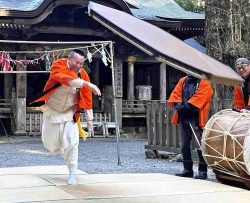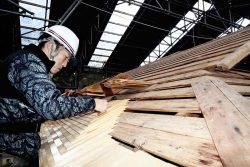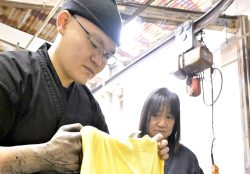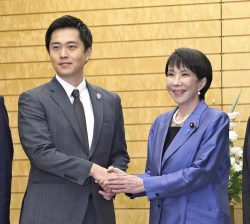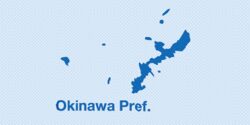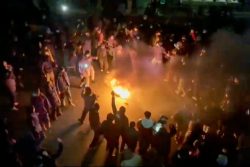Shizuoka: Learning About Tokugawa Ieyasu at Shizuoka City Museum of History
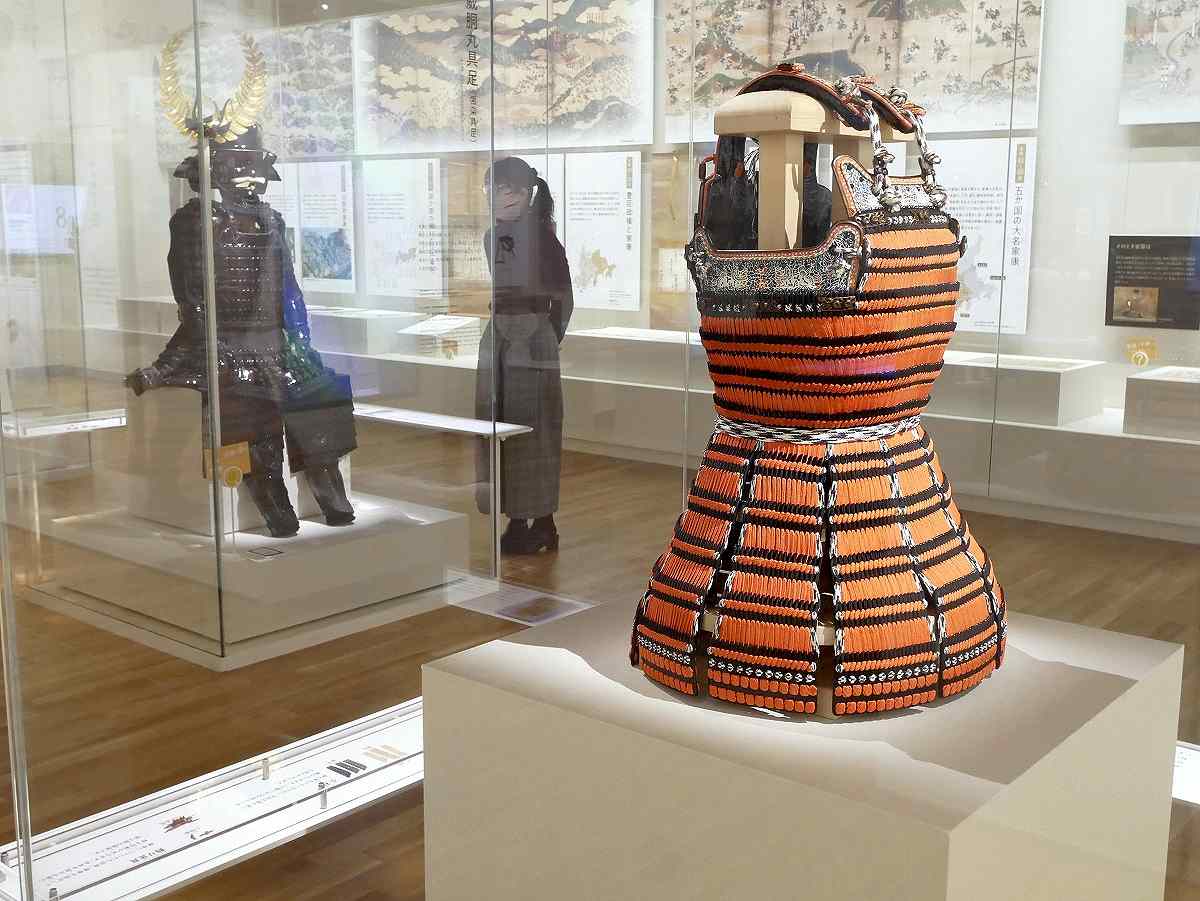
Replicas of two suits of armor worn by Tokugawa Ieyasu are on display at the Shizuoka City Museum of History.
11:47 JST, March 29, 2023
SHIZUOKA — The Shizuoka City Museum of History, which highlights the life of Tokugawa Ieyasu (1542-1616), the first shogun of the Edo shogunate, held its grand opening in January. The museum was built on the site of Sumpu Castle, which was built by him.
Ieyasu spent about one-third of his life in Sumpu, present-day Shizuoka. With NHK’s current taiga drama series depicting his life, one could call it the hottest museum at the moment.
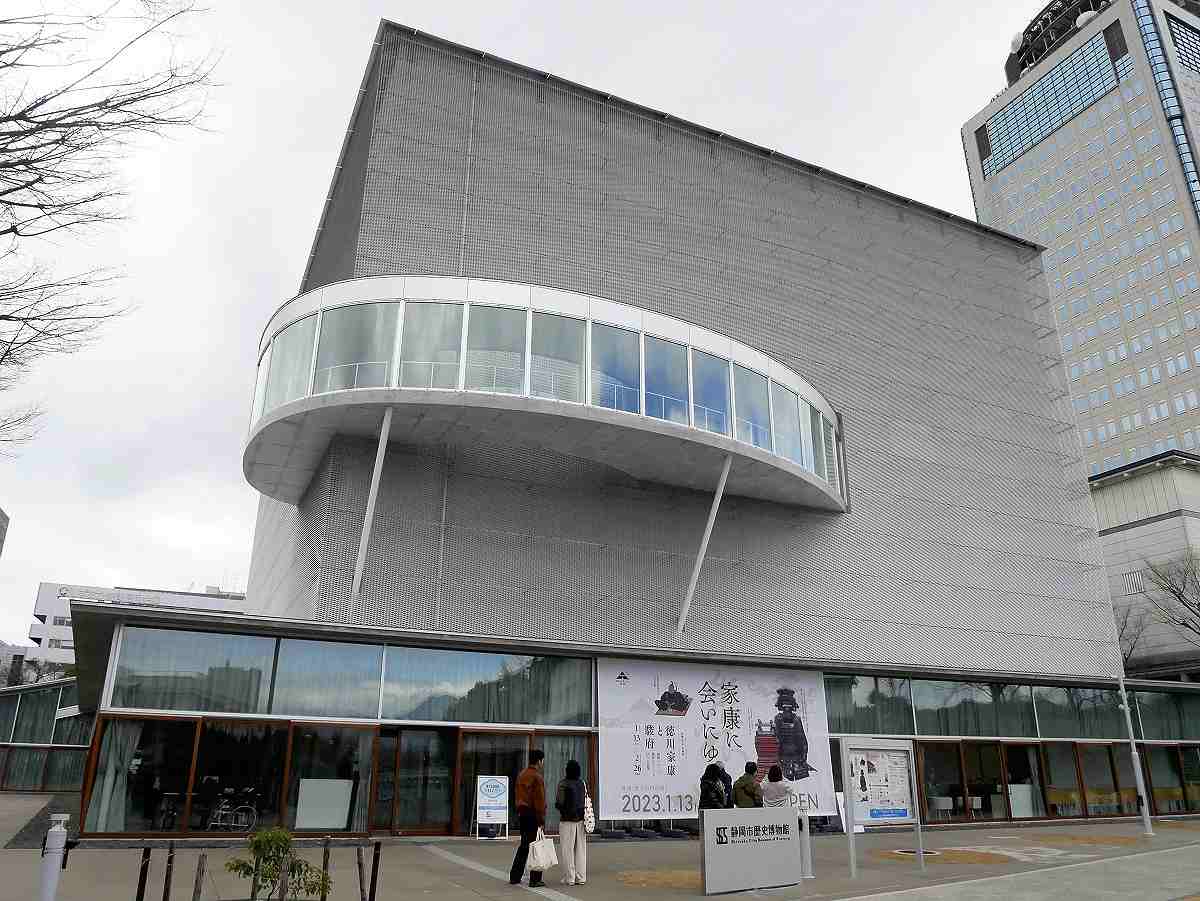
The Shizuoka City Museum of History was designed by the award-winning architectural unit Sanaa. Many people come to see the exterior of the building, according to the museum.
Upon entering the museum, visitors can see the grand historic ruins of an about 33-meter-long road and stone walls. They were found by chance during an excavation survey conducted before the construction of the museum and remain as they were found. The ruins date back to the end of the Sengoku (warring states) period (1493-1573), and it is believed that samurai residences lined both sides of the road. The design of the museum was altered so that the ruins could be kept in their original state.
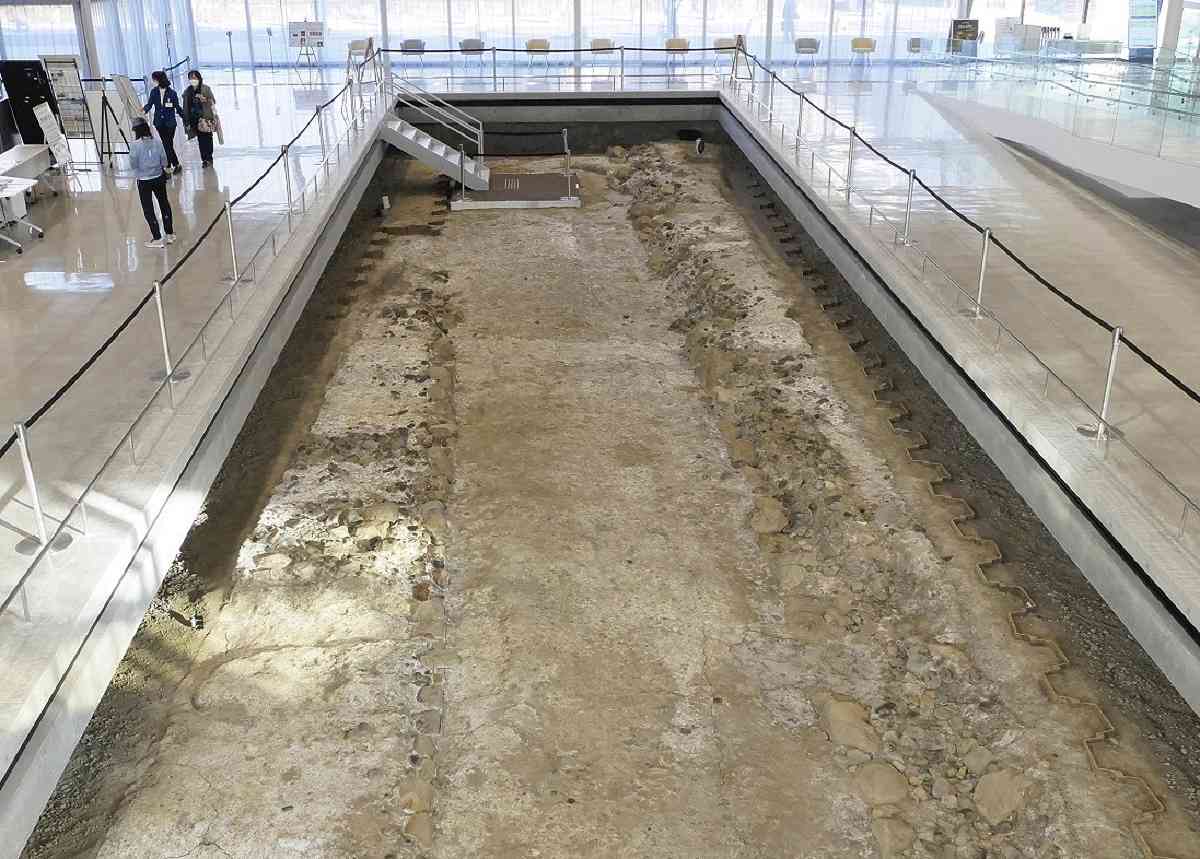
The remains of a road and stone walls found by chance in a survey prior to the construction of the museum can be seen upon entering the museum.
My imagination went wild as I wondered if Ieyasu had also walked that road, as I went up a ramp to the second floor to see where the regular exhibition starts. The exhibits that stand out the most are the replicas of two suits of armor left by Ieyasu. A replica of the first suit of armor that Ieyasu wore when he was around 14 years old features vivid red strings dyed with safflower. In contrast, the replica of a coal-black armor, said to have been used in the Battle of Sekigahara in 1600, looks quite heavy. The armor features iron finely woven like a chain on the shoulders.
Craftsmen spent over four years making these replicas, using the same techniques as those used in Ieyasu’s time as much as possible. I was surprised by the techniques used in those days as I learned about the production process and the details of how the suits were decorated.
Visitors can also learn about Imagawa Yoshimoto, who laid the foundations of Sumpu and raised Ieyasu. Ieyasu lived in Sumpu at three different periods of his life. The first time was when he spent his childhood there under the care of Yoshimoto, who was then at the peak of his power. The written seal of Yoshimoto, said to have influenced Ieyasu, as well as the nishiki-e colored woodblock print depicting the Battle of Okehazama are must-sees for visitors.
After he established the Edo shogunate, Ieyasu resigned the position of shogun and conferred it to his son Hidetada, who became the second shogun. He returned to Sumpu as a retired shogun, called Ogosho, in 1607.
“When the former shogun Ieyasu lived in Sumpu, the city was prosperous, like the capital of the country,” a museum official said. The articles exhibited at the museum tell how the city was visited by delegations from other countries and received information and products from around the world.
Although Ieyasu died roughly 400 years ago, visitors will feel as if they personally know him when learning about his life in the city that was big part of his life.
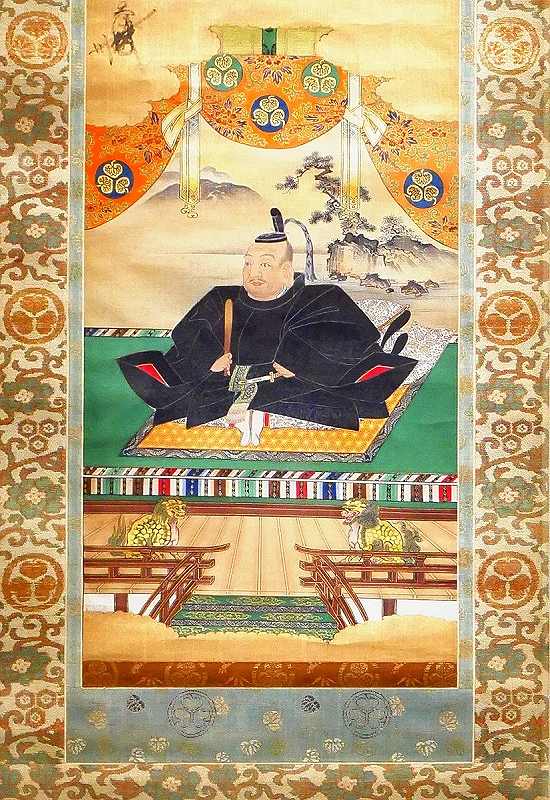
A portrait of Tokugawa Ieyasu, who was enshrined as a god after his death
Shizuoka City Museum of History

The museum partially opened with the free entry zone on the first floor in July, while the entire museum, including the second and third floors, fully opened in January. It’s about a 15-minute walk from the north exit of JR Shizuoka Station to the museum.
Address: 4-16 Otemachi, Aoi Ward, Shizuoka
Hours: 9 a.m. to 6 p.m. Closed on Mondays (or Tuesday when a national holiday falls on Monday) as well as year-end and New Year’s holidays.
Admission: ¥600 for adults. ¥420 for high school and university students, in addition to Shizuoka City residents age 70 and older. ¥150 for elementary and junior high school students living outside the city.
Related Tags
"Features" POPULAR ARTICLE
-

Students Recreate 19th-Century Bento Boxes Made for Ino Tadataka’s Survey Team in Hot Spring Town on Nakasendo Road
-

Santa Claus Delivers Christmas Presents to Penguins at Aquarium in Japan’s Nagasaki Prefecture
-
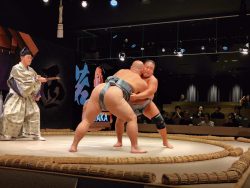
Sumo Restaurant in Tokyo Teaches Foreign Visitors About the Ancient Sport, with Bouts Between Retired Rikishi
-

Autonomous Passenger Ship Connects Mainland with Remote Island in Seto Inland Sea; World’s 1st Commercially Operated Autonomous Vessel
-
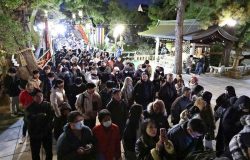
Osaka’s Sumiyoshi Taisha Shrine Bustles with New Year’s Visitors
JN ACCESS RANKING
-

As Chinese Tourists Shun Japan, Hotels and Stores Suffer
-

Osaka-Kansai Expo’s Economic Impact Estimated at ¥3.6 Trillion, Takes Actual Visitor Numbers into Account
-

Japan Govt Adopts Measures to Curb Mega Solar Power Plant Projects Amid Environmental Concerns
-

Core Inflation in Tokyo Slows in December but Stays above BOJ Target
-

BOJ Gov. Ueda: Highly Likely Mechanism for Rising Wages, Prices Will Be Maintained



